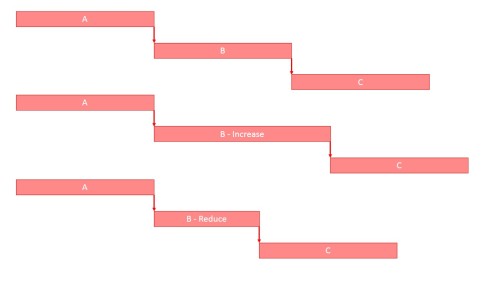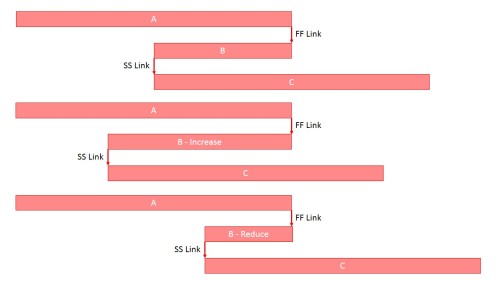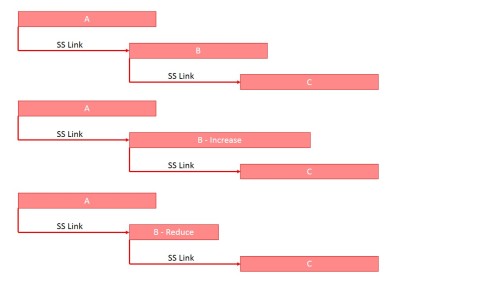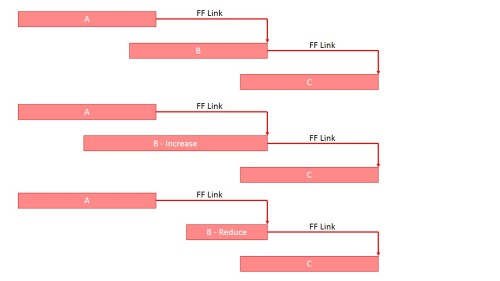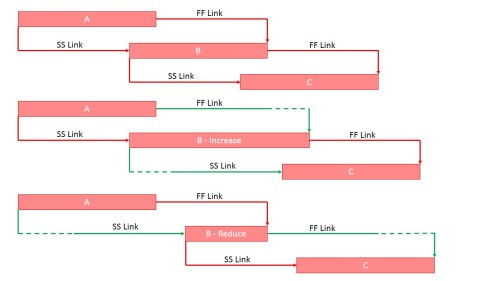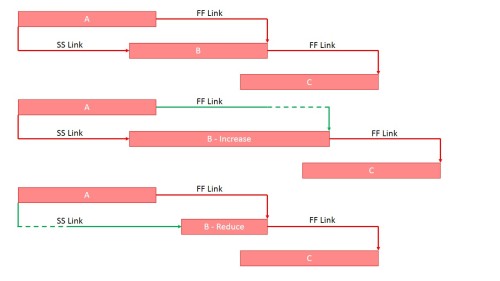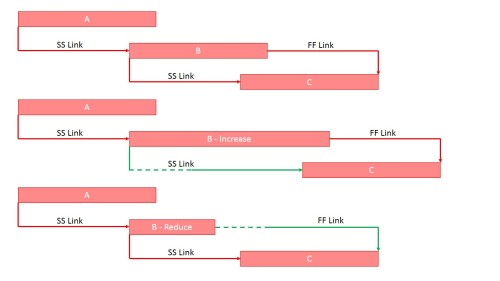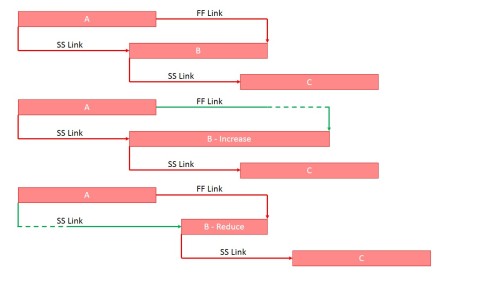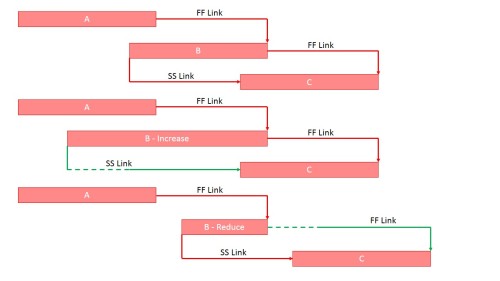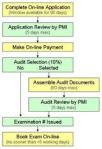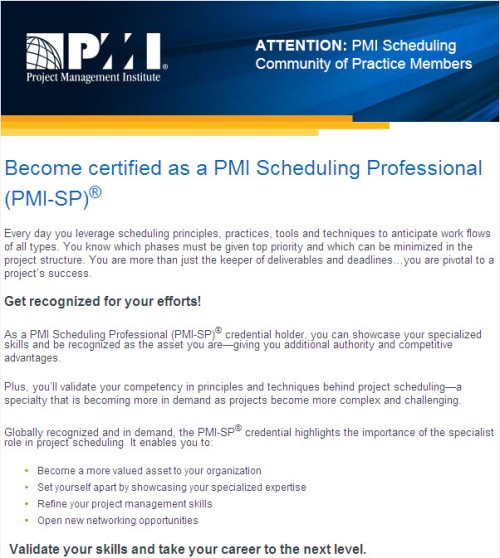 A couple of hour’s hard thinking can make the difference between project success and failure! Far too many projects are simply started without any real thought as to the best strategy for delivery and what control systems are really needed to support the management of that delivery – one size does not ‘fit-all’ and simply repeating past failures creates more failures. Similarly, far too many control systems are implemented that simply generate useless paperwork (frequently to meet contractual requirements) when what’s needed is effective controls information.
A couple of hour’s hard thinking can make the difference between project success and failure! Far too many projects are simply started without any real thought as to the best strategy for delivery and what control systems are really needed to support the management of that delivery – one size does not ‘fit-all’ and simply repeating past failures creates more failures. Similarly, far too many control systems are implemented that simply generate useless paperwork (frequently to meet contractual requirements) when what’s needed is effective controls information.
Remembering that all project controls documents have to be used and maintained to be useful; the three key thinking processes needed to help build project success are:
- First the big question – how are we going to do the work to maximise the opportunity of success and optimise risk?? This is a strategic question and affects procurement as much as anything – off-site assembly needs a very different approach to on-site assembly. This does not need a complicated document but the strategy does need to be agreed; see: www.mosaicprojects.com.au/WhitePapers/WP1038_Strategy.pdf
- From the strategy, the project management team structure can be designed to best manage the work as it will be accomplished and these people (or at least the key people) can then contribute to the planning process. Pictures are as useful as anything to define the overall flow of the work; see: www.mosaicprojects.com.au/WhitePapers/WP1039_Project_Planning.pdf.
- Once you know the way the work will be accomplished and the overall flow/sequence of the work you are now in a position to plan the project controls function aiming to apply the minimum amount of ‘controls’ necessary to be effective. Excessive controls simply waste money and management time. My approach is always to do a bit less then I think may be needed because you can always add some additional features if the need eventuates – it Is nearly impossible to remove controls once they have been implemented.
- Then you can develop the schedule and other control tools needed for effective management working within the framework outlined above.
This area is what PMI call Schedule strategy and Schedule planning and development. Getting this ‘front-end’ stuff right is the best foundation for a successful completion of a project; this is the reason these elements of project controls have a strong emphasis in the PMI-SP exam.
Conversely, stuffing up the strategy in particular, means the project is set up to fail and implementing control systems that do not support the management structures within the project simply mean the controls people are wasting their time and the time of everyone they engage with.
However, creating a project that is based on a sound strategy supported by a useful project controls system will require some cultural changes:
- The project manager and project executive will need to take some time to look at strategic options and develop an effective delivery strategy.
- The organisation and client will need to allow the project controls professionals to work through the challenges of developing a ‘light-but-effective’ controls system and then review/approve the system – this is more difficult than simply requiring every project to comply with some bloated standard controls process that no one uses (except for claims) but should deliver massive benefits.
- The organisation will need skilled project controls professionals……….
- And the project management team will need to be willing to work with and use the project controls.
The problem is easy to outline – fixing it to enhance the project success rate is a major challenge.




